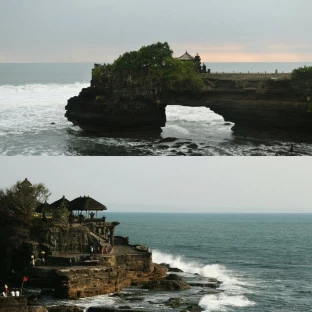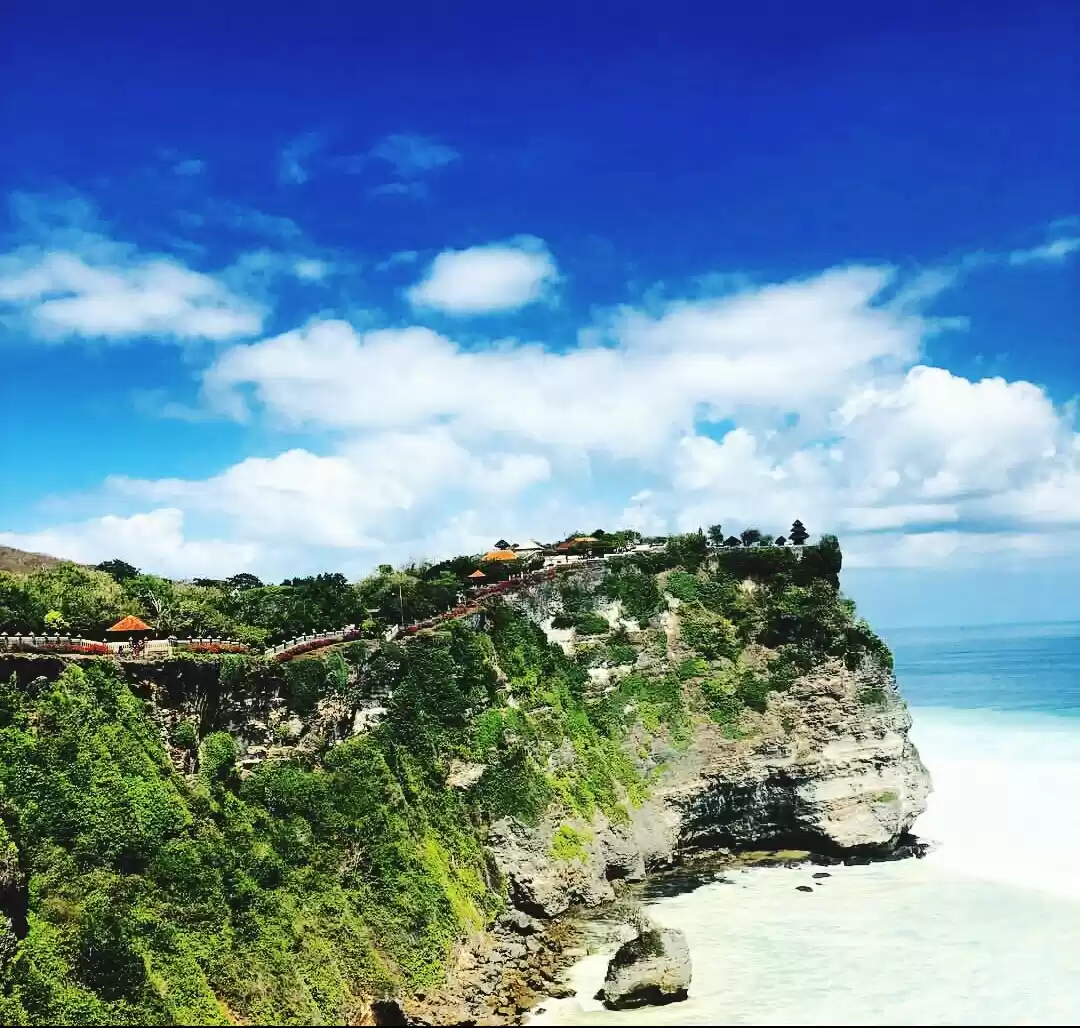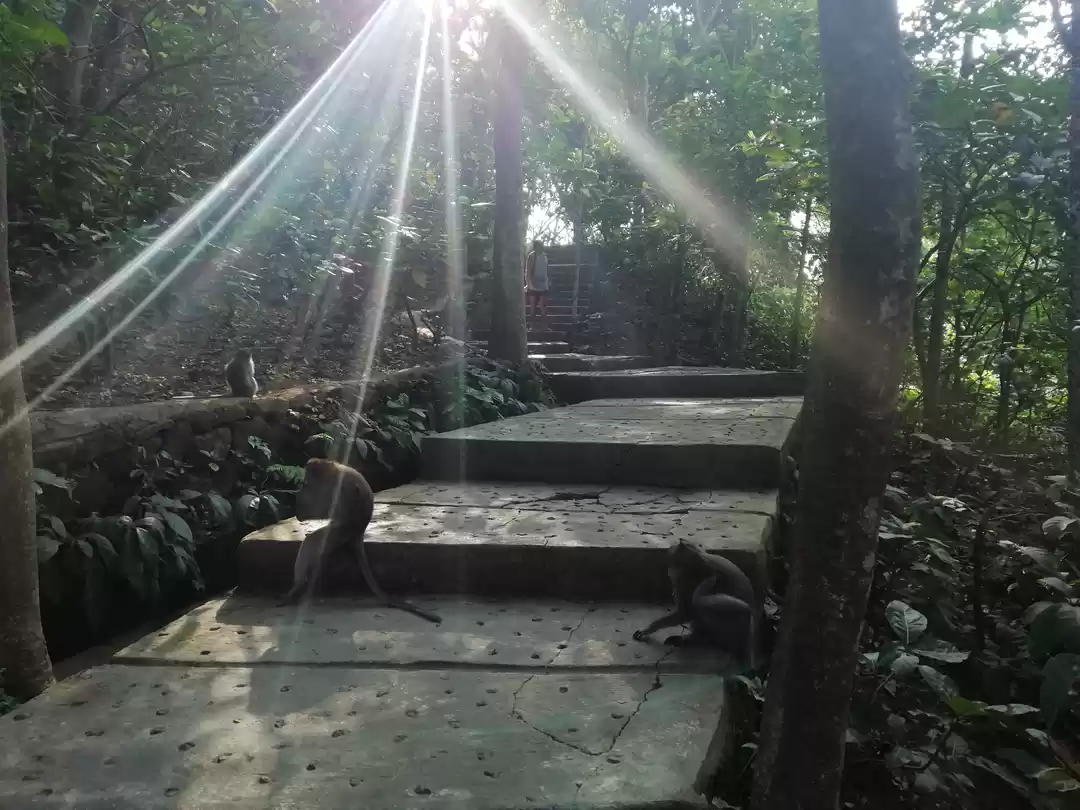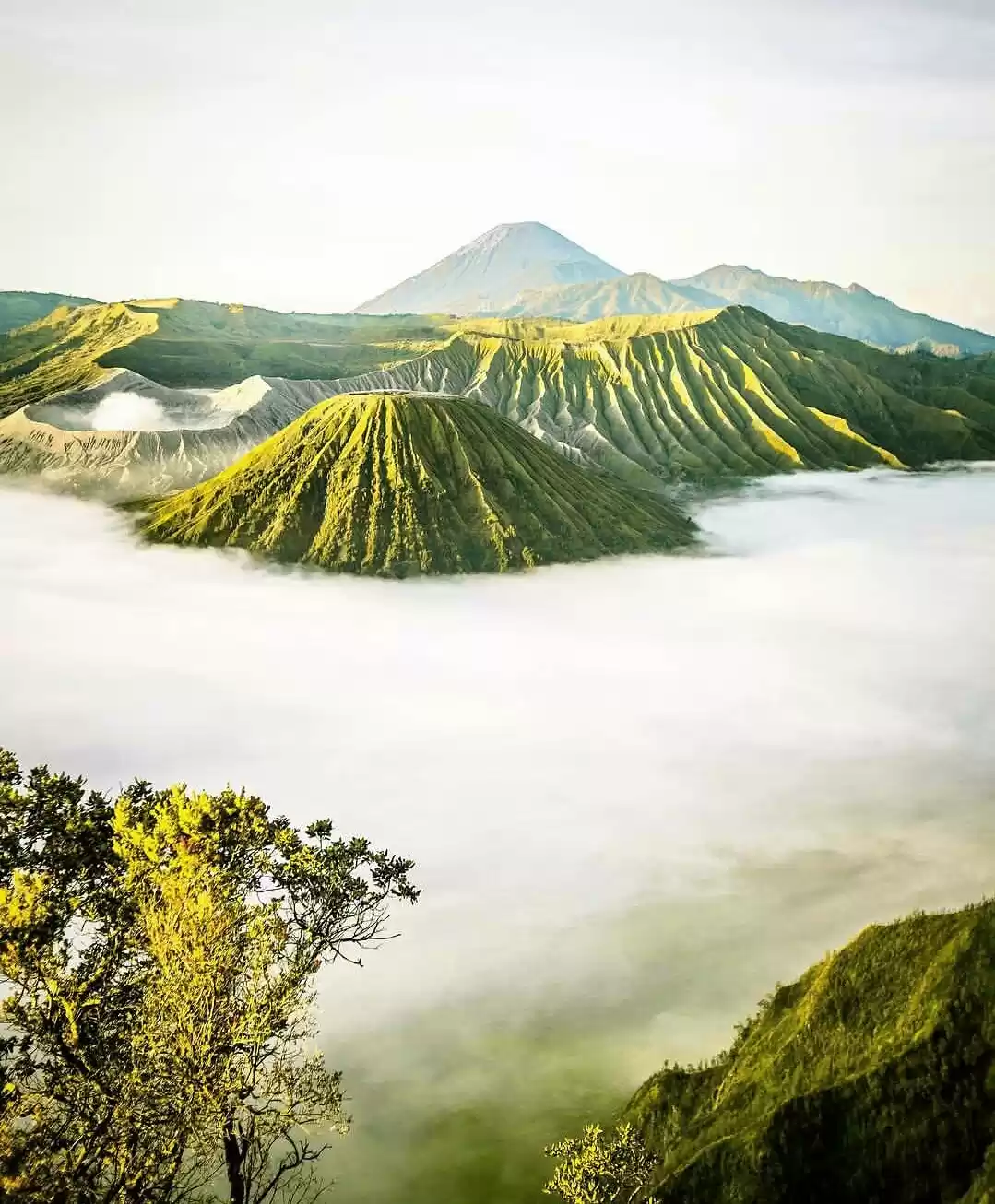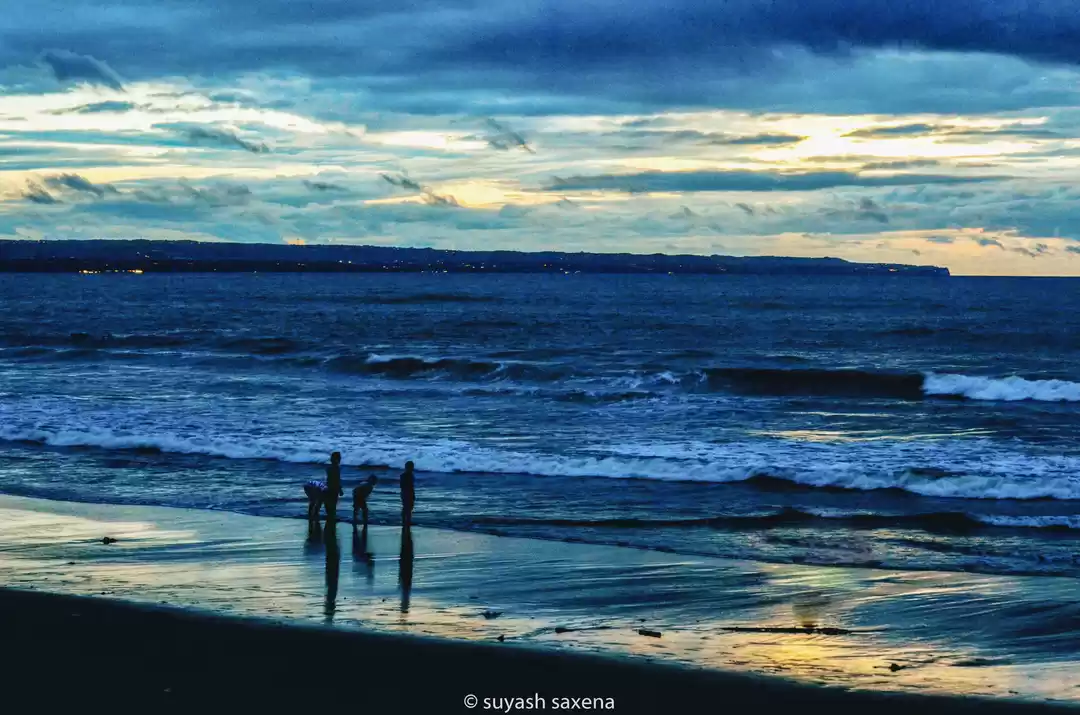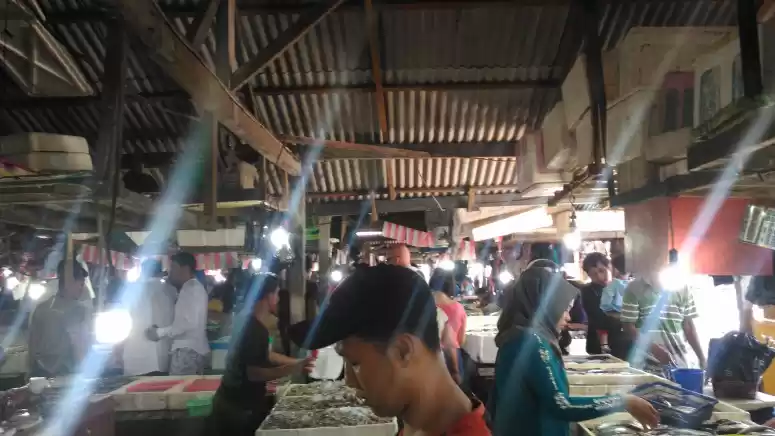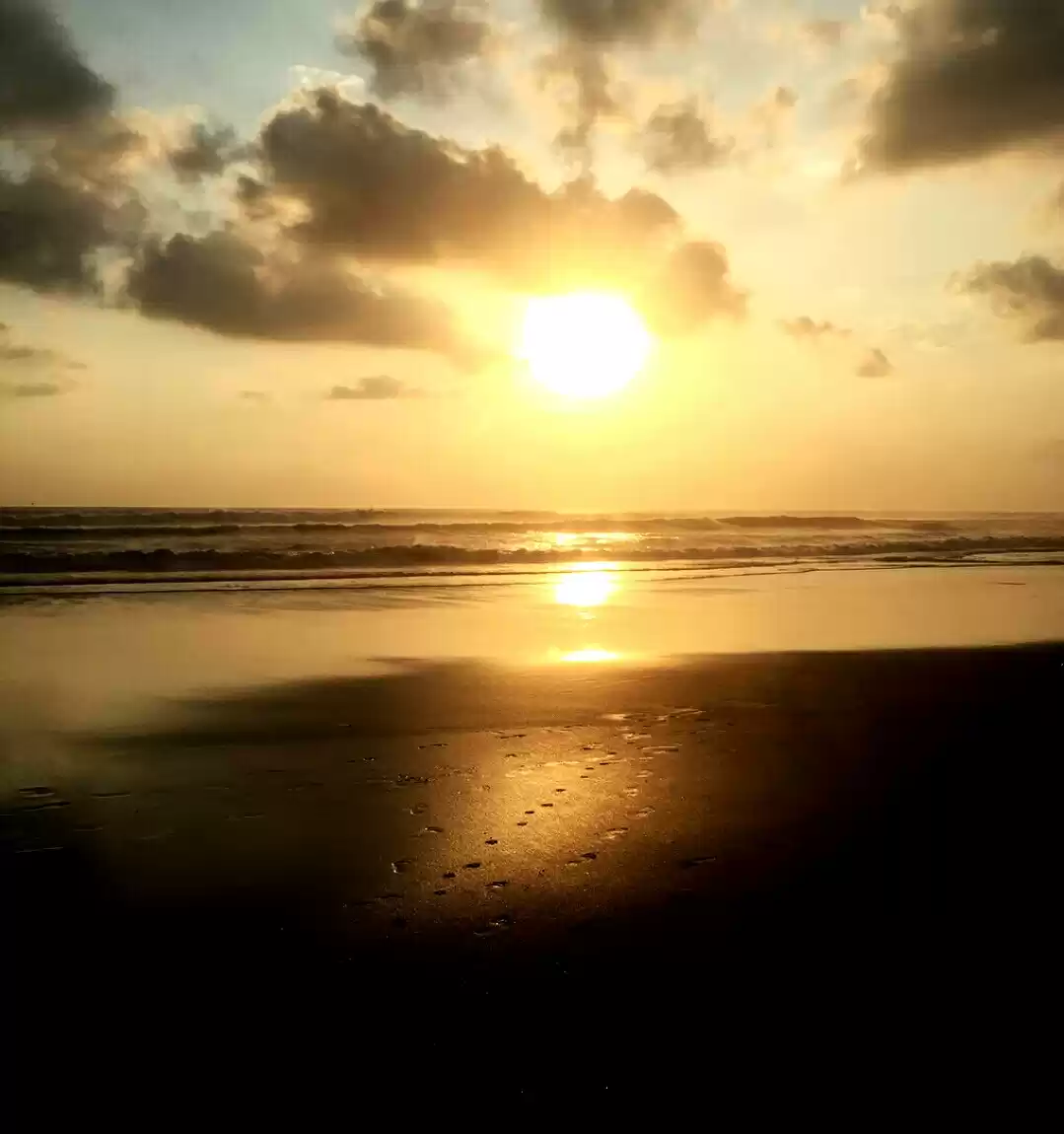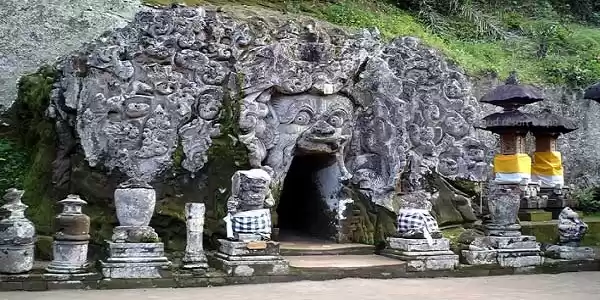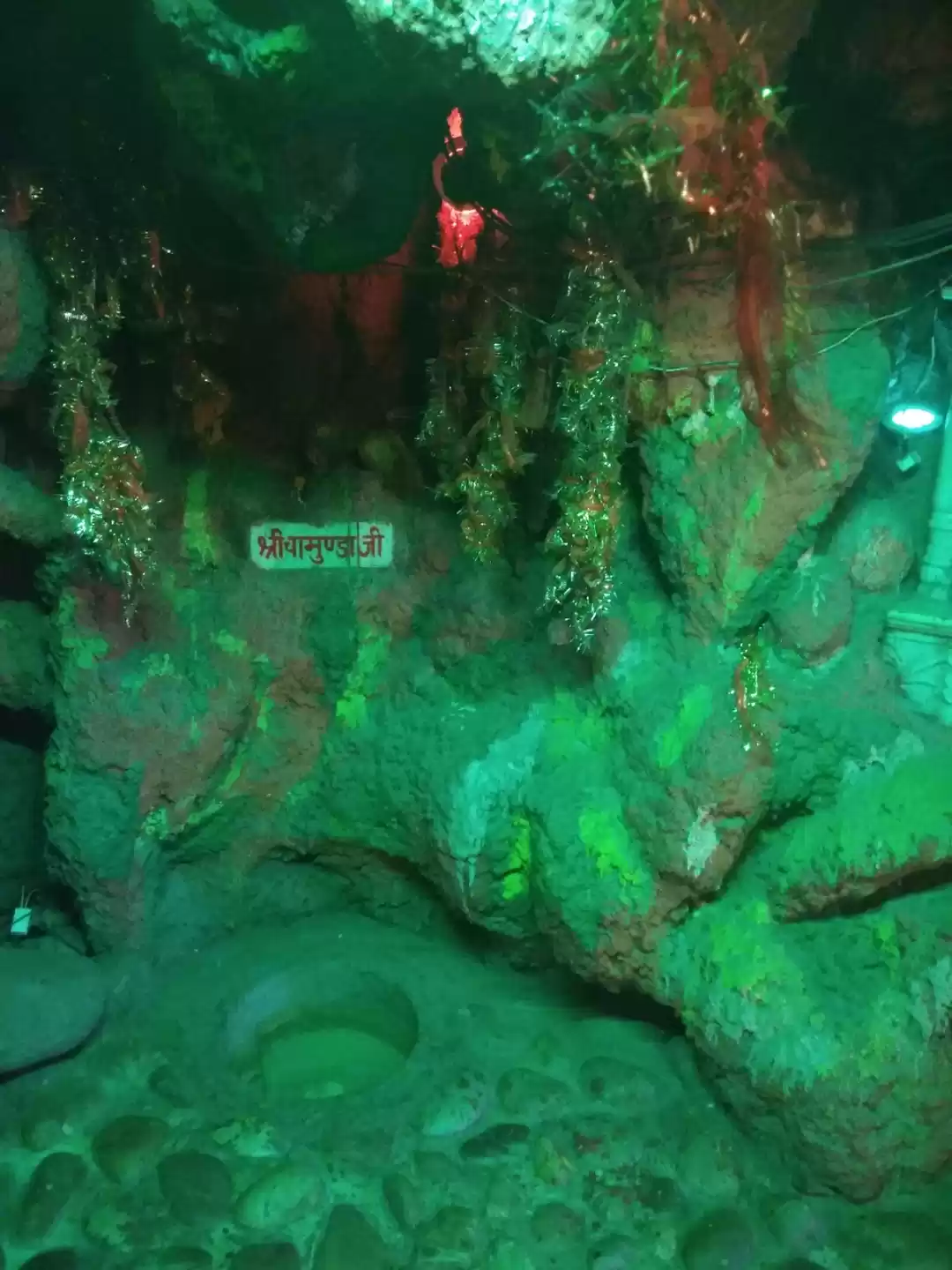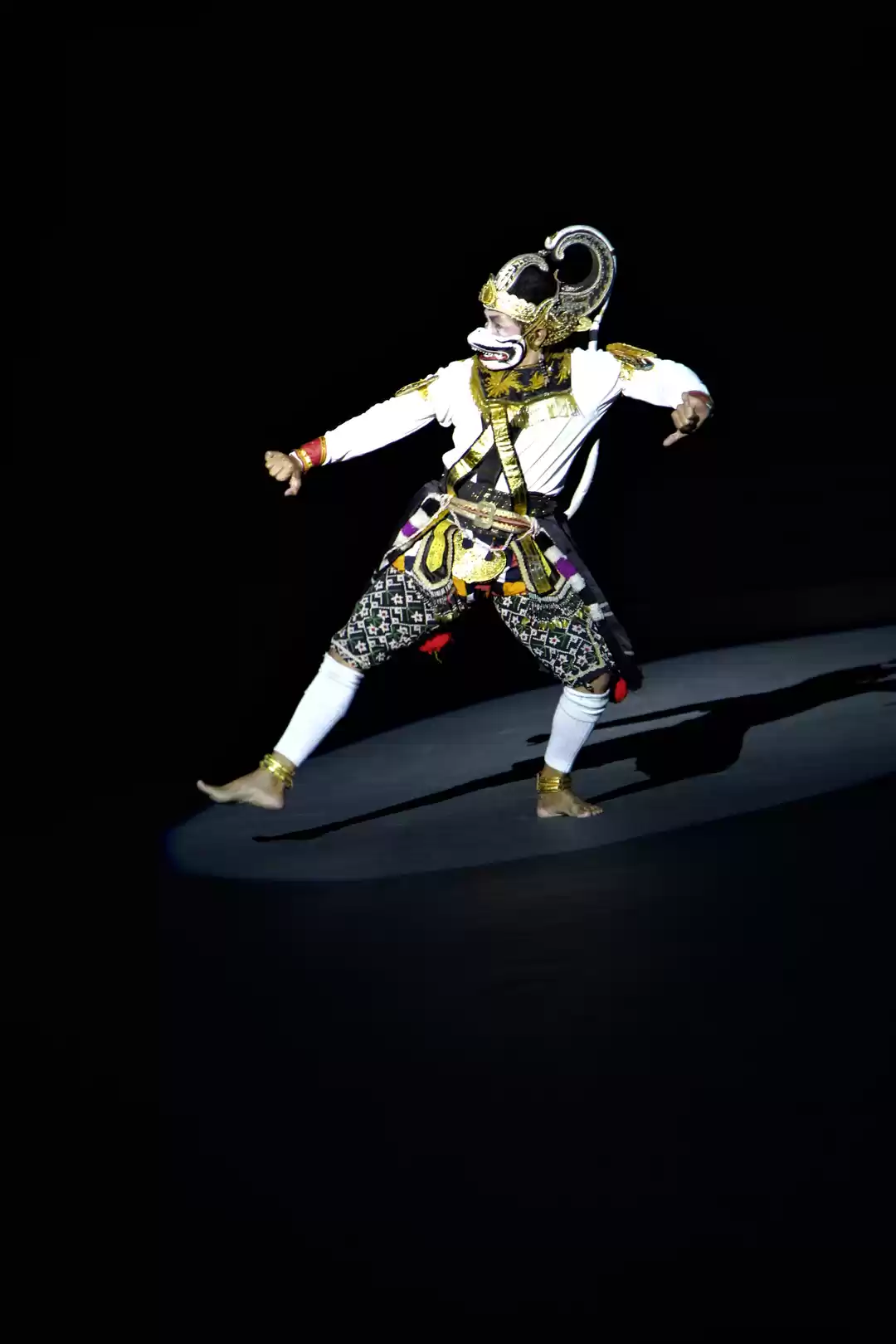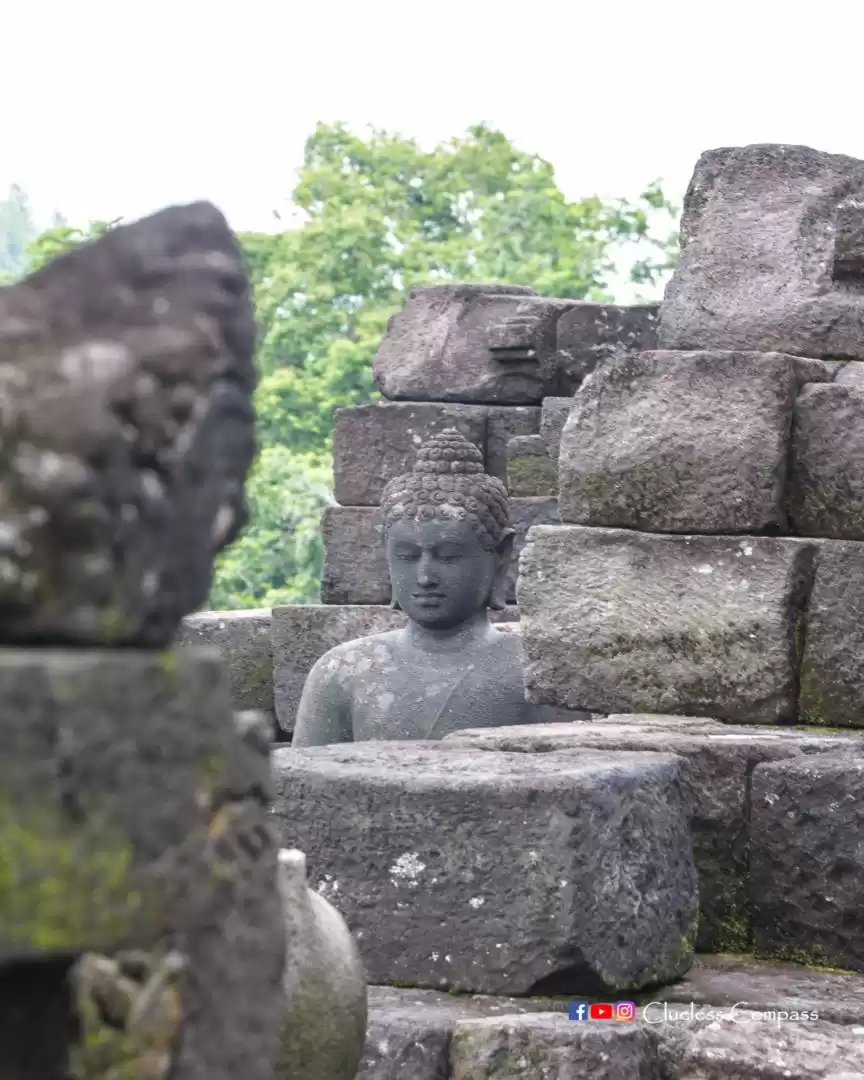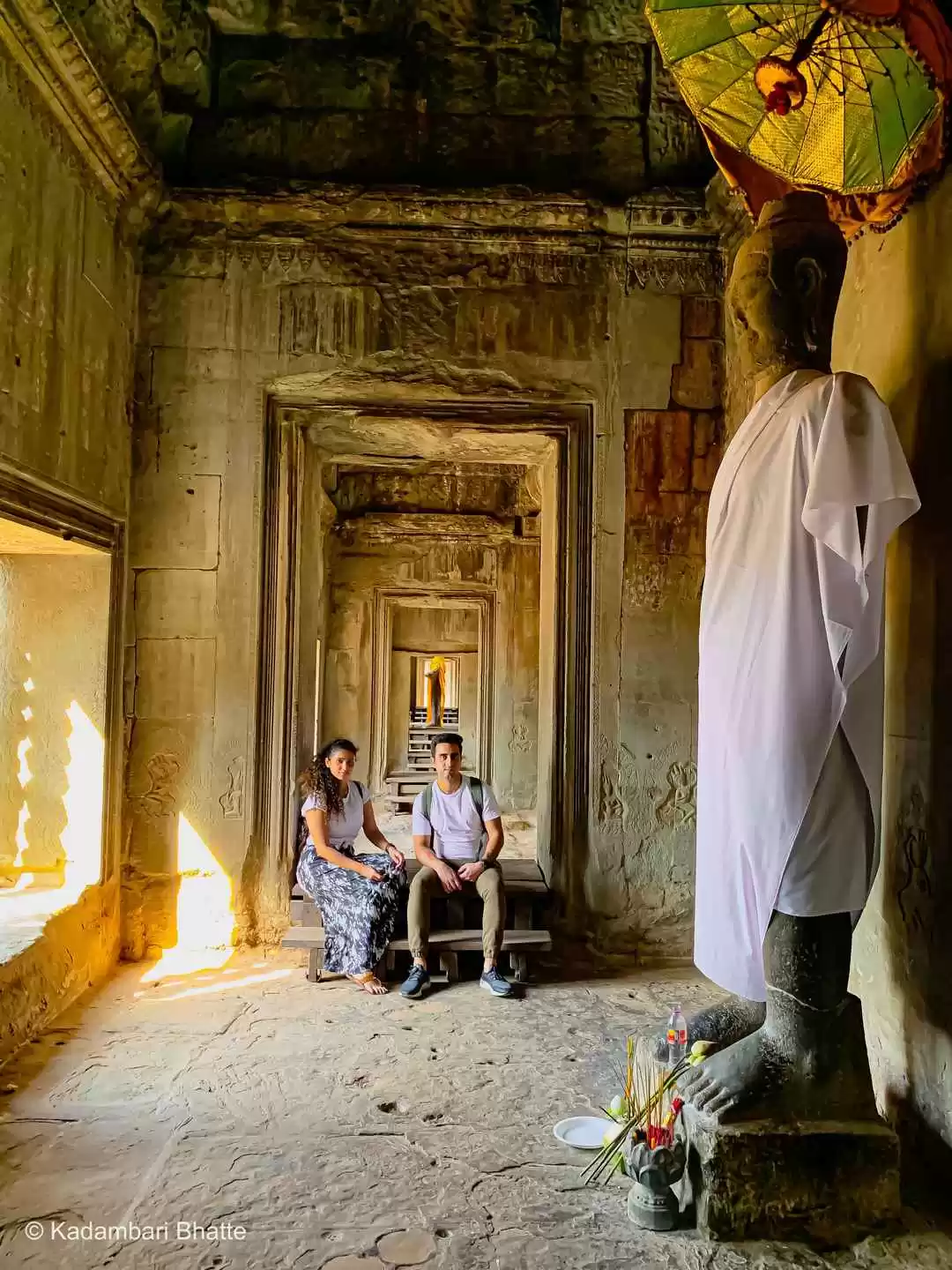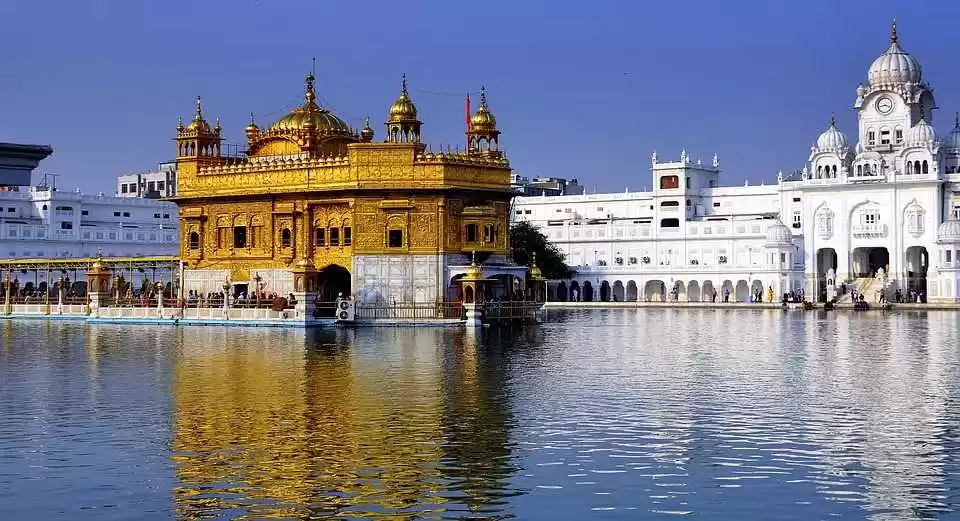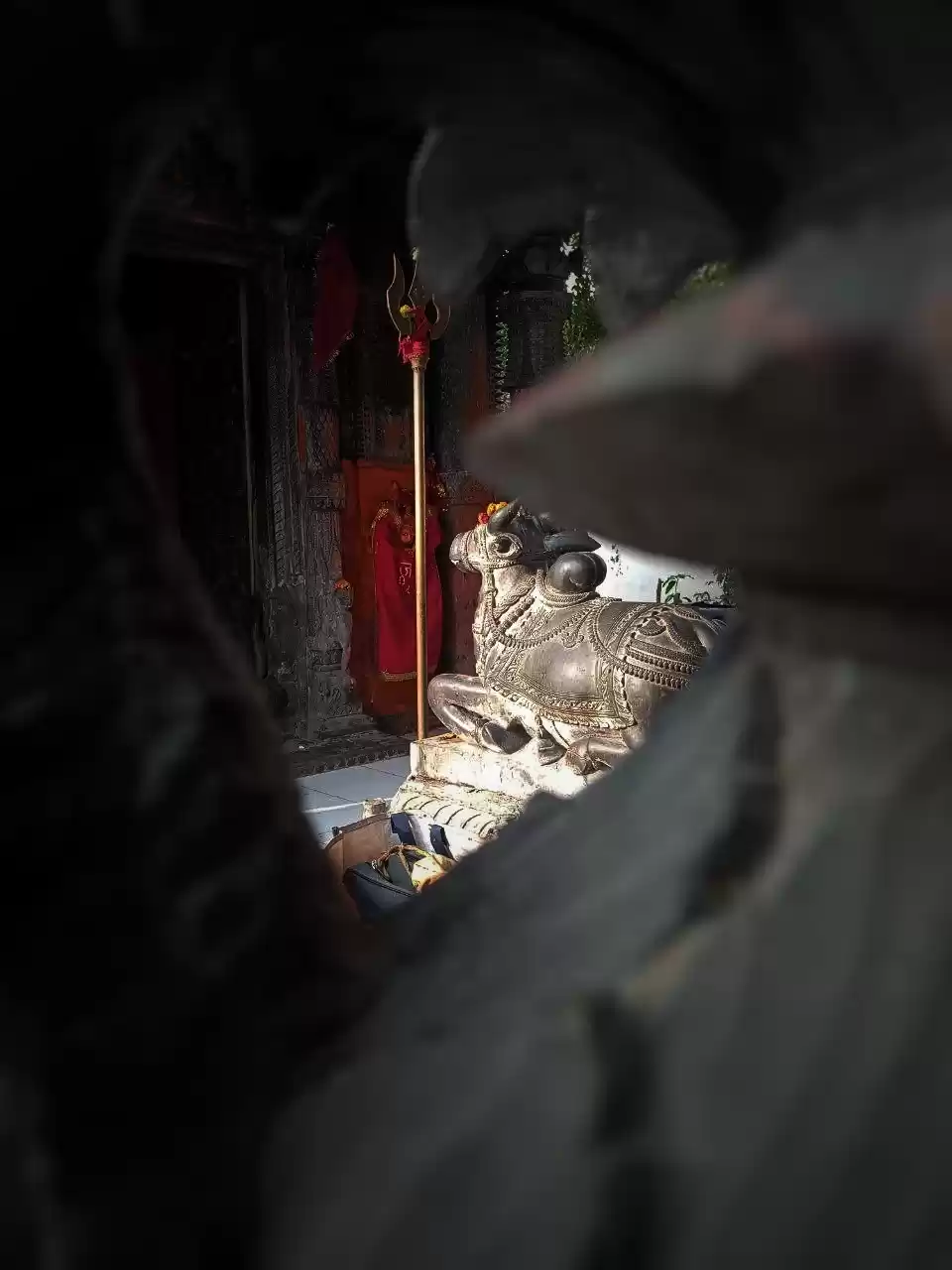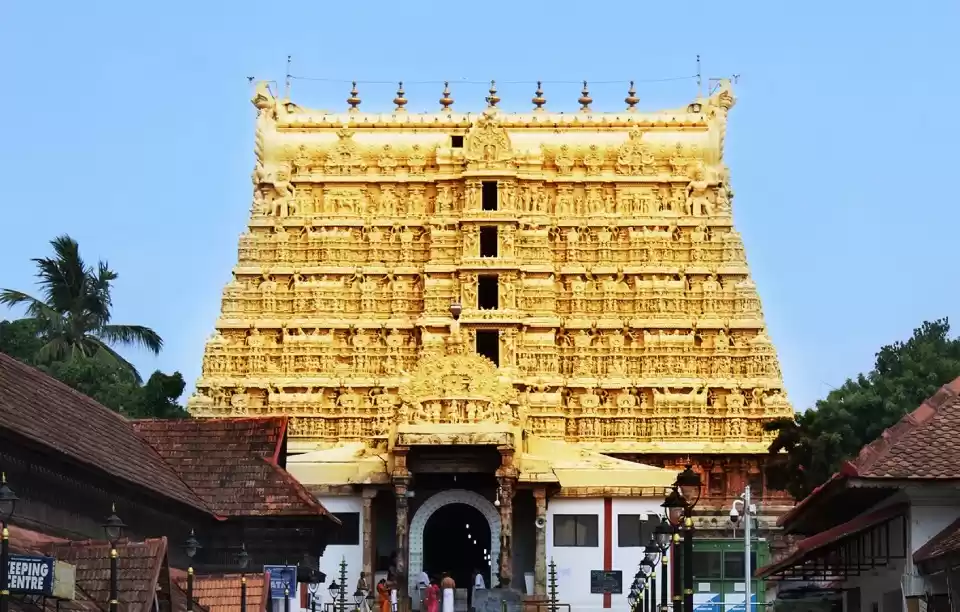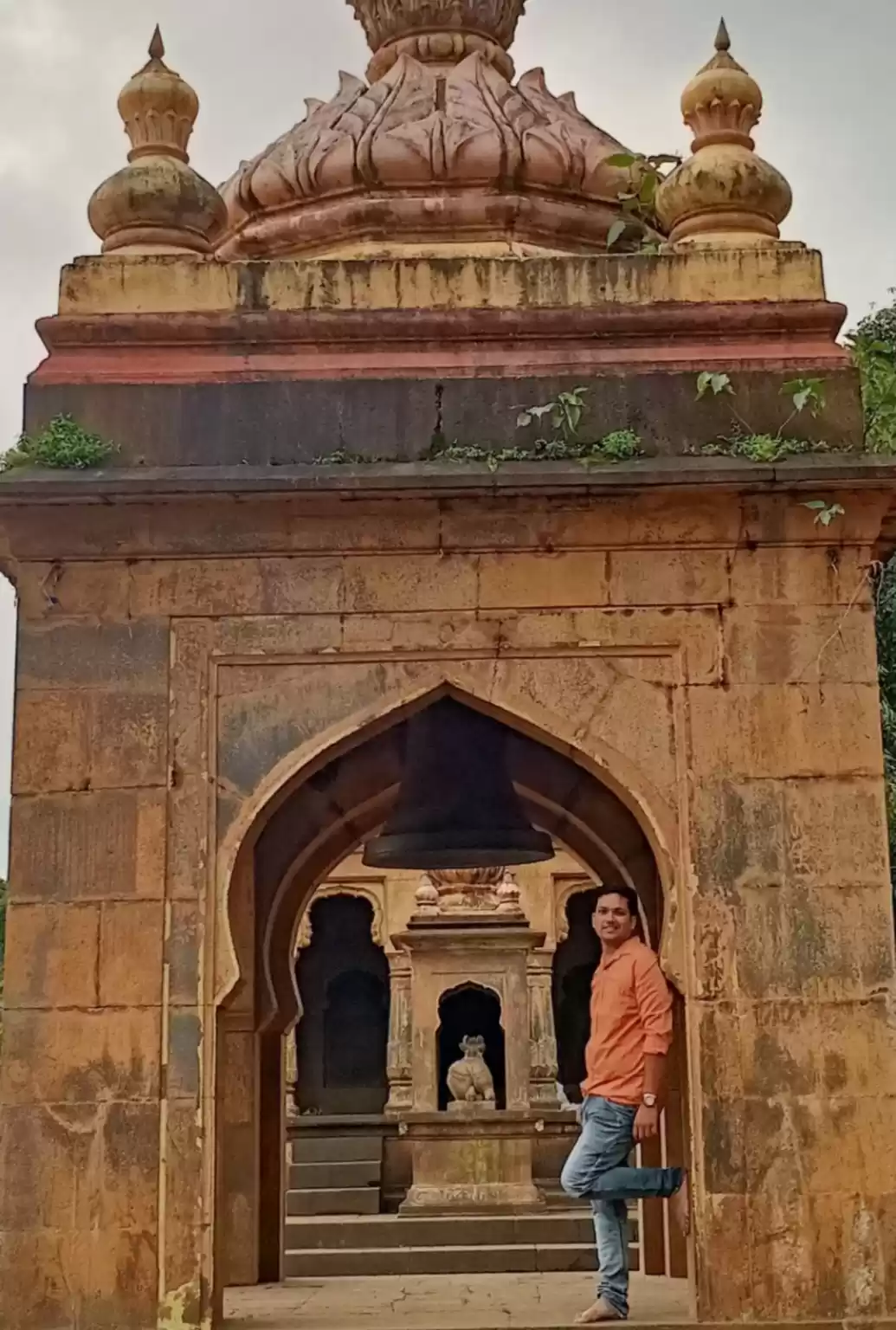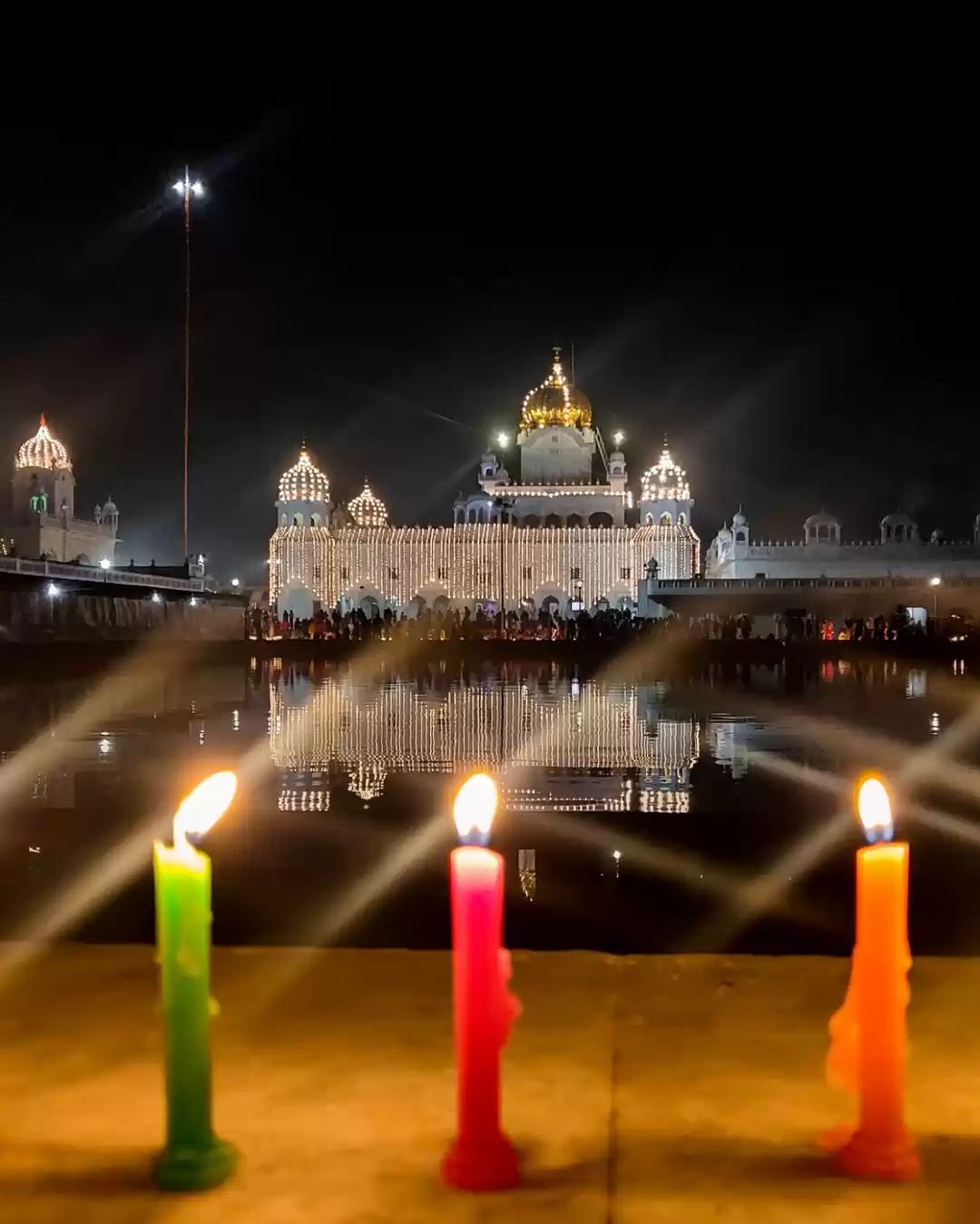Have you ever seen a temple that takes your breath away? A temple that makes you wonder how it was built, who built it, and why? A temple that showcases the beauty, the history, and the culture of a region? If not, then you need to visit Prambanan Temple in Java, Indonesia.
Prambanan Temple is the largest and most magnificent Hindu temple complex in Indonesia, and one of the biggest in Southeast Asia. It consists of hundreds of temples, with the tallest one reaching 47 meters high. It is a World Heritage Site and a major attraction for tourists and pilgrims alike.
In this article, you will learn everything you need to know about visiting Prambanan Temple and its surroundings. You will discover its fascinating history, its amazing architecture, and its captivating attractions. You will also find out the best time to visit, the entrance fee, the opening hours, the dress code, and the facilities and services available. You will also get some tips and advice for different types of travelers, such as families, solo travelers, couples, and groups.
Whether you are a history buff, a culture lover, or a nature enthusiast, Prambanan Temple will not disappoint you. It is a must-see destination for anyone who wants to experience the beauty and diversity of Indonesia.

History of Prambanan Temple
Prambanan Temple has a long and rich history that spans over a thousand years. It was built in the 9th century by the Sanjaya dynasty, a Hindu kingdom that ruled over central Java. It was dedicated to the Hindu Trimurti, the three main gods of Hinduism: Shiva, Vishnu, and Brahma.
Prambanan Temple was a symbol of the power and glory of the Sanjaya dynasty, as well as a place of worship and pilgrimage. It was also a rival to Borobudur Temple, a Buddhist monument built by the Sailendra dynasty, another kingdom that ruled over southern Java. The two temples represent the religious and political competition between the Hindu and Buddhist dynasties in Java.
However, Prambanan Temple was abandoned in the 10th century, after a series of volcanic eruptions, earthquakes, and wars. It was covered by vegetation and forgotten for centuries, until it was rediscovered by the British in the 19th century. It was then restored and reconstructed by various teams of archaeologists and experts, until it regained its former splendor.
One of the most popular legends associated with Prambanan Temple is the legend of Roro Jonggrang, a beautiful princess who was forced to marry a prince named Bandung Bondowoso. The prince wanted to build a thousand temples in one night as a condition for the marriage, but the princess tricked him by making the roosters crow before dawn. The prince was angry and cursed the princess to become the last statue in the temple.
Main Temples of Prambanan Temple
The main attraction of Prambanan Temple is the central compound, where you can find the eight main and eight minor temples. The main temples are arranged in a square, with the largest and most impressive one in the center. This is the Shiva Temple, which houses a four-meter-tall statue of Shiva Mahadeva, the supreme god of Hinduism. The statue is surrounded by four smaller statues of Shiva's manifestations: Ganesha, the elephant-headed god of wisdom; Durga, the goddess of power and victory; Agastya, the sage and teacher of Shiva; and Nandiswara, the bull and mount of Shiva.
The other main temples are dedicated to the other two gods of the Trimurti and their animal mounts. To the north of the Shiva Temple is the Vishnu Temple, which contains a three-meter-tall statue of Vishnu, the preserver and protector of the universe. To the south of the Shiva Temple is the Brahma Temple, which holds a three-meter-tall statue of Brahma, the creator and father of the universe. To the east and west of the Shiva Temple are the temples of Garuda and Hamsa, the eagle and swan that serve as the mounts of Vishnu and Brahma, respectively.
The main temples are adorned with exquisite carvings and reliefs that depict scenes from the Hindu epics, such as the Ramayana and the Krishnayana. The Ramayana tells the story of Rama, an incarnation of Vishnu, who rescues his wife Sita from the demon king Ravana. The Krishnayana tells the story of Krishna, another incarnation of Vishnu, who performs various miracles and adventures. The carvings and reliefs are not only beautiful, but also educational, as they illustrate the values and teachings of Hinduism.
The best time to visit the main temples is in the morning, when the sun is not too hot and the crowd is not too large. You can also enjoy the view of the temples from different angles and perspectives, as the light and shadow create different effects. The entrance fee for the main temples is 325,000 IDR (about 23 USD) for foreigners and 40,000 IDR (about 3 USD) for locals. The opening hours are from 6 a.m. to 5 p.m. every day. You should wear modest and respectful clothing, such as long pants and shirts that cover your shoulders. You can also rent a sarong or a scarf at the entrance for a small fee. You can find various facilities and services at the main temples, such as toilets, lockers, restaurants, souvenir shops, and guides.

Other Temples of Prambanan Temple
Besides the main temples, Prambanan Temple also has many other temples in the outer and middle zones of the complex. These temples are smaller and less decorated, but still worth visiting. Some of the most notable ones are:
Candi Sewu: This is the second largest temple complex in Prambanan, after the main temples. It consists of 249 Buddhist temples, arranged in a mandala pattern. It was built around the same time as the main temples, and it is believed to be related to the legend of Roro Jonggrang. It is located about 800 meters north of the main temples.
Candi Plaosan: This is a complex of two Buddhist temples, one larger and one smaller, that are connected by a gate. It was built in the 9th century by Rakai Pikatan, a Hindu king, and Prabu Maharani, a Buddhist queen, as a symbol of their interfaith marriage. It is located about 1.5 kilometers northeast of the main temples.
Candi Lumbung: This is a group of 17 Buddhist temples, arranged in three rows. It was built in the 9th century, and it is thought to be a monastery or a library. It is located about 850 meters north of the main temples.
Candi Bubrah: This is a single Buddhist temple, that is partially collapsed and damaged. It was built in the 9th century, and it is considered to be a guardian temple for Candi Sewu. It is located about 1 kilometer north of the main temples.
The best way to explore the other temples is by renting a bicycle or a horse cart at the entrance of the main temples. You can also walk, but it will take longer and more energy. The distance and duration of the exploration depend on how many temples you want to visit and how much time you want to spend at each temple. The entrance fee for the other temples is included in the ticket for the main temples. The opening hours are the same as the main temples. You should wear modest and respectful clothing, as well as comfortable shoes and hats. You can find some toilets and vendors at the other temples, but not as many as the main temples.
Prambanan Ballet
One of the most unique and memorable experiences you can have at Prambanan Temple is watching the Prambanan Ballet, a cultural performance of the Ramayana story that is held at night in an open-air theater near the temple. The Prambanan Ballet is a spectacular show that combines music, dance, drama, and costumes, with the backdrop of the illuminated temples.
The Prambanan Ballet follows the plot and the characters of the Ramayana, and how it is related to the carvings and the reliefs of the main temples. You can see the heroic deeds of Rama, the loyalty of Sita, the cunning of Ravana, the bravery of Hanuman, and the wisdom of Jatayu. You can also learn about the values and morals of the Ramayana, such as love, duty, honor, and sacrifice.
The Prambanan Ballet is held every night from 7:30 p.m. to 9:30 p.m., except on rainy days. The schedule and the cast may vary depending on the season and the availability. The ticket price ranges from 125,000 IDR (about 9 USD) to 400,000 IDR (about 28 USD), depending on the seat and the view. You can buy the tickets online or at the theater.
- You should dress warmly and bring a blanket or a jacket, as it can get cold and windy at night. You can also bring some snacks and drinks, or buy them at the theater. You should arrive early and find a good seat, as the theater can get crowded and noisy. You should also respect the performers and the audience, and avoid talking, texting, or taking photos during the show.
Conclusion
Prambanan Temple is a remarkable destination that you should not miss when you visit Java, Indonesia. It is a place where you can admire the beauty and the craftsmanship of the Hindu temples, learn about the history and the culture of the region, and enjoy the entertainment and the atmosphere of the Prambanan Ballet.
Prambanan Temple is more than just a temple. It is a masterpiece of art, architecture, and religion. It is a testament to the diversity and the harmony of Indonesia. It is a wonder of the world that will leave you in awe and admiration.





